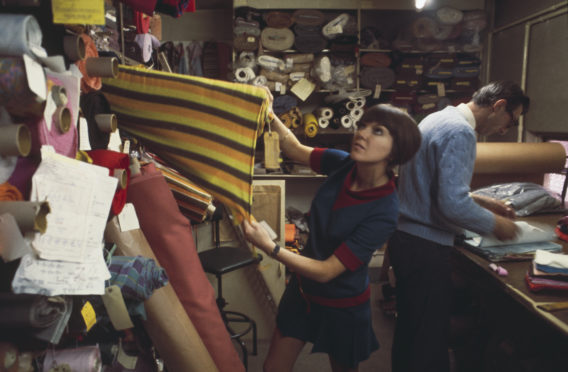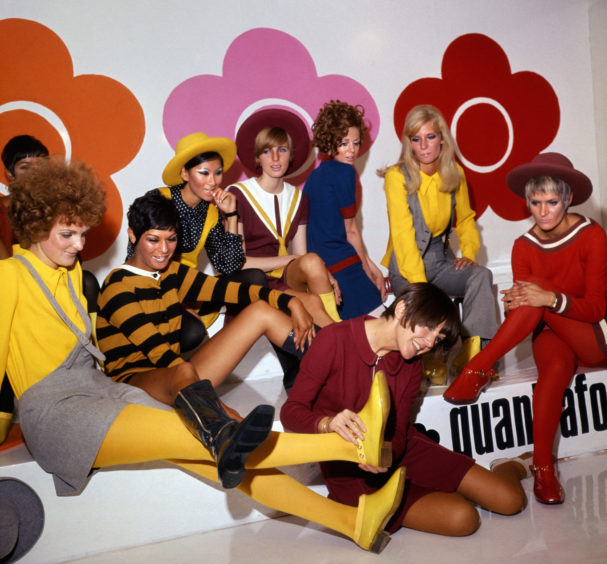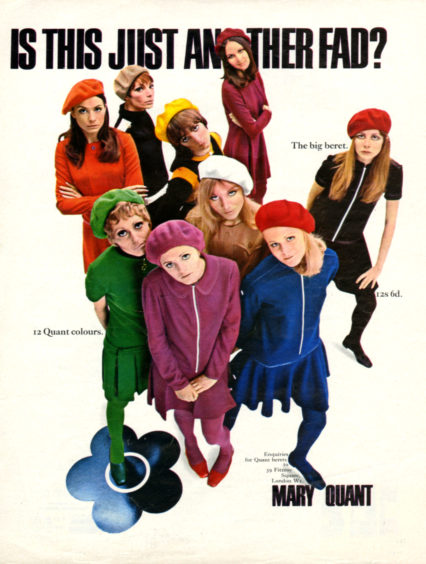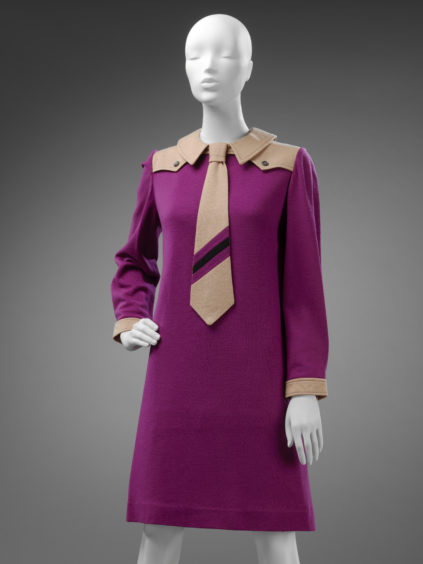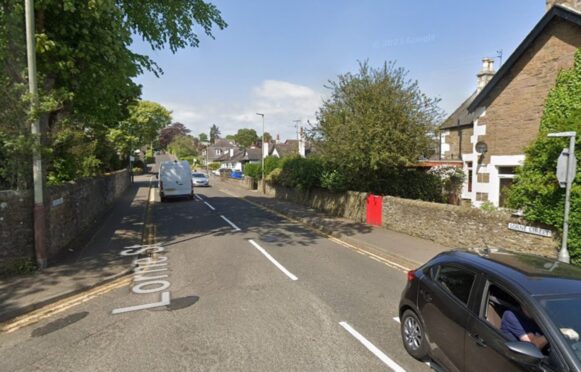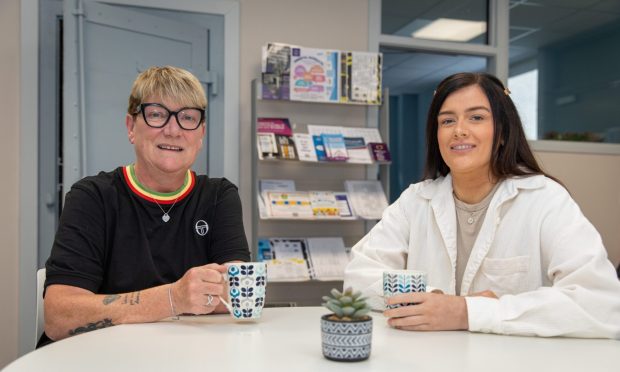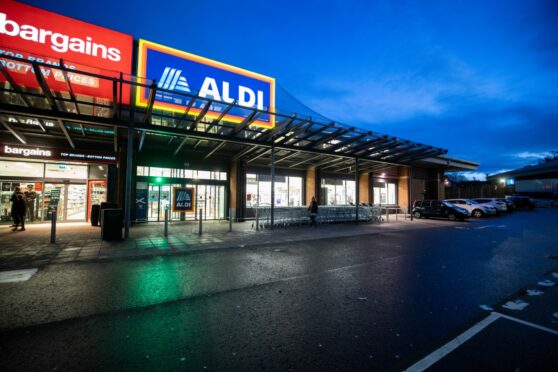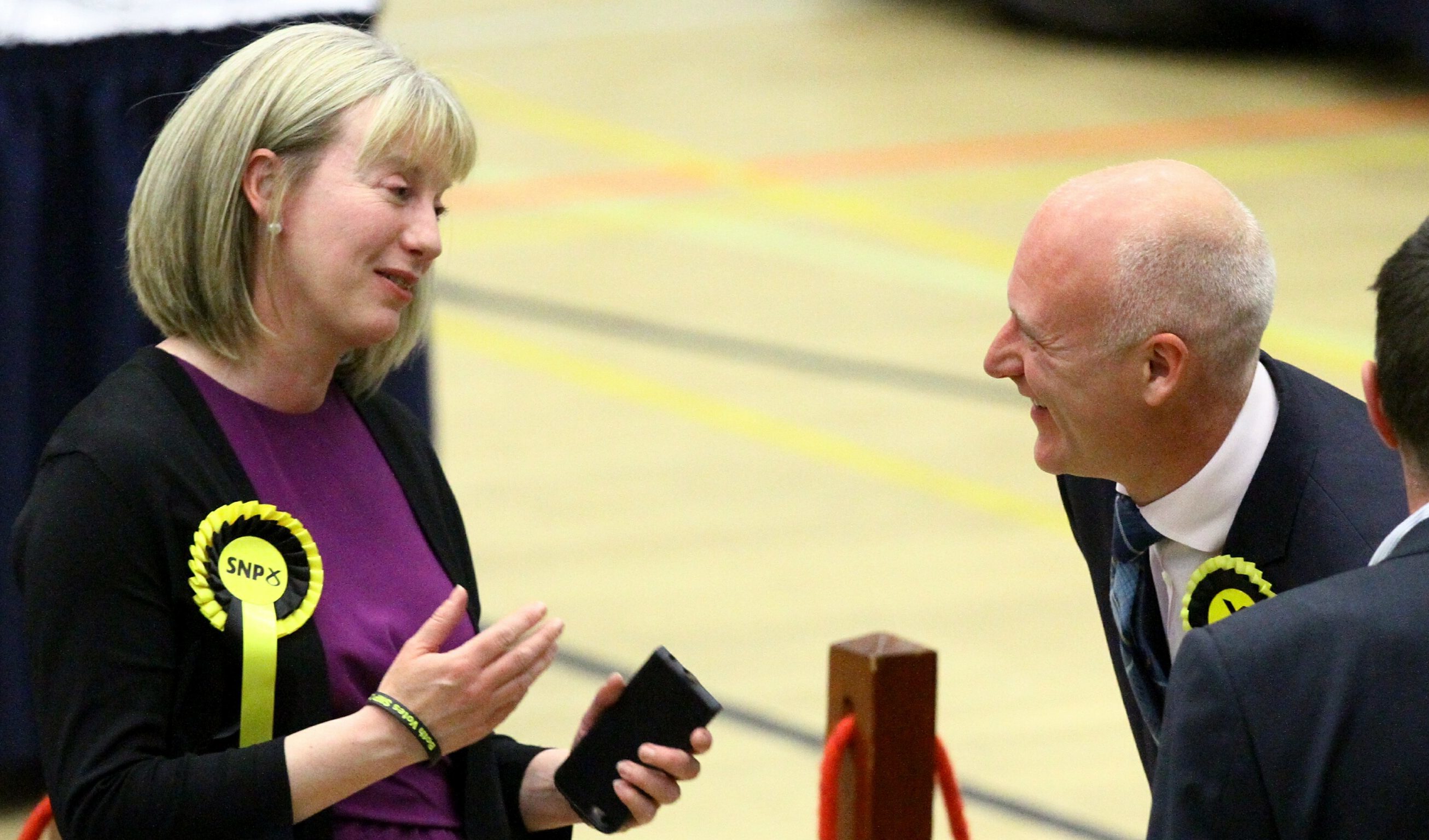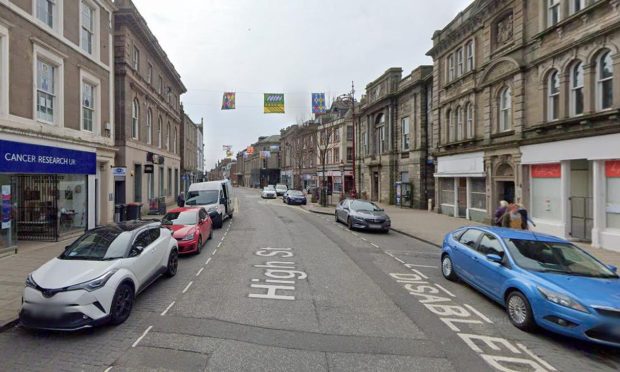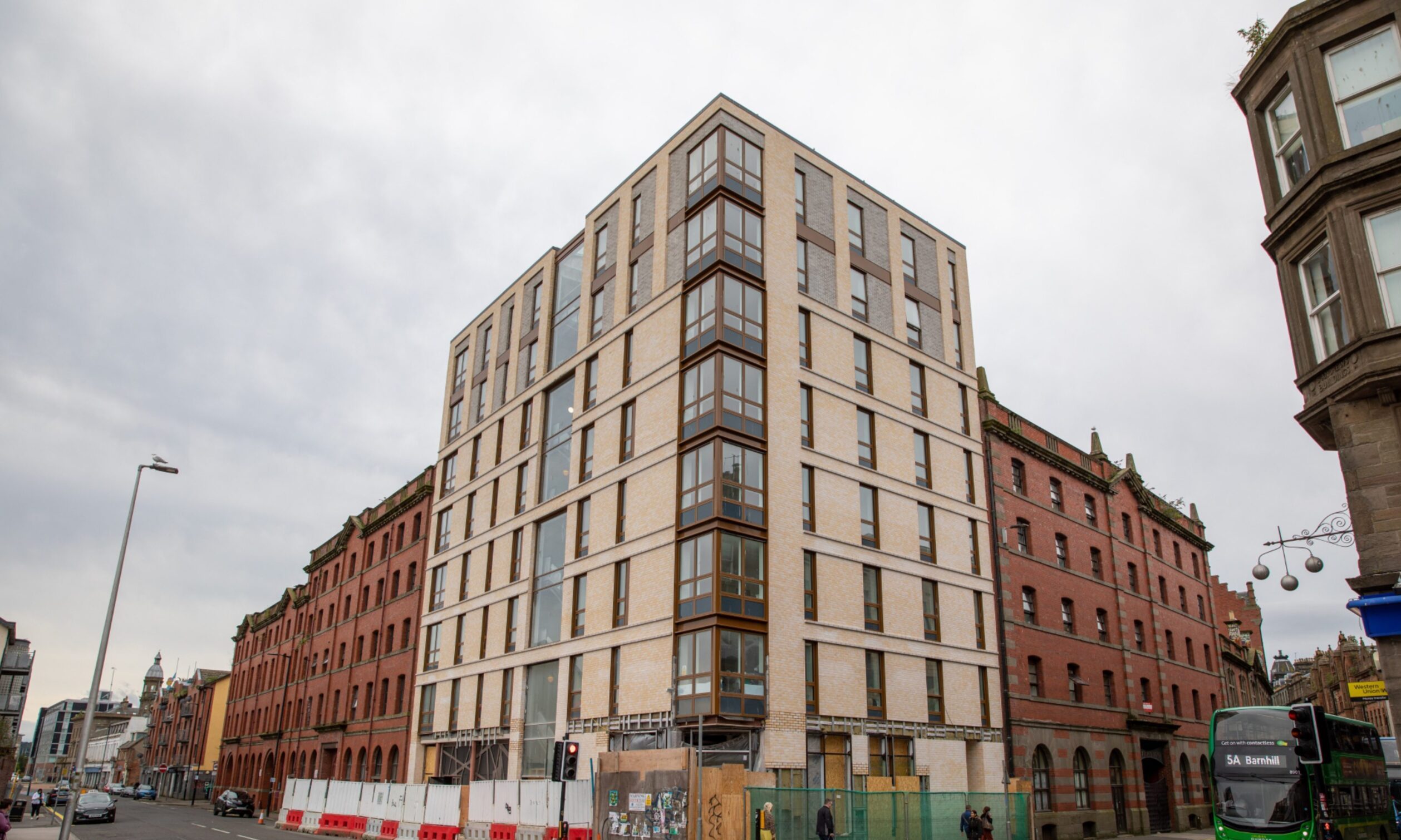The fashion icon whose designs defined the look of a generation is stepping into the spotlight for the next major exhibition at V&A Dundee.
Mary Quant is famous for popularising the miniskirt but her designs also challenged the conventional gender stereotypes of post-war Britain.
Tickets are on sale now for the show, which will celebrate the spirit of 1960s rebellion from April 4 to September 6.
Jenny Lister, co-curator of Mary Quant at the V&A, said: “Mary Quant transformed the fashion system, overturning the dominance of luxury couture from Paris.
“She dressed the liberated woman, freed from rules and regulations.
“This long-overdue exhibition will show how Mary Quant’s brand connected with her customers, how she made designer fashion affordable for working women, and how her youthful, revolutionary clothes, inspired by London’s creative scene, made British streetstyle the global influence it remains today.”
Key objects featured in the exhibition will include the pioneering ‘Wet Collection’ PVC rainwear, a jute miniskirt, and designs that playfully subverted menswear at a time when women were still banned from wearing trousers in formal settings such as restaurants.
The exhibition in Dundee will also feature the stories of women who made outfits from Mary Quant’s dressmaking patterns, as well as a new film looking at contemporary female designers who, like Mary Quant, are forging their own way through today’s rapidly shifting fashion industry.
Mary Quant encouraged a new age of feminism, inspiring young women to rebel against the traditional clothing worn by their mothers and grandmothers.
Her shop Bazaar opened in 1955, the year after World War Two food rationing ended, and her colourful designs were a reaction against the austerity and drabness of post-war London.
The exhibition explores the years between 1955 and 1975 when Quant captured the spirit of the 1960s and used mass production techniques to create a new look for women.
Sophie McKinlay, Director of Programme at V&A Dundee, said: “Mary Quant is a pioneering designer who achieved so much, from capturing the spirit of change in the 1960s, to empowering women to wear clothes that looked good and felt good, to creating a powerful brand that encompassed everything from footwear to homeware.
“For V&A Dundee this is the perfect choice for our first major fashion exhibition, as Mary Quant’s designs are still daring and exciting, and she remains a highly relevant designer who continues to inspire contemporary creativity.”
Tickets for Mary Quant are available at www.vam.ac.uk/dundee
The exhibition, supported by Barclays Private Bank. is part of V&A Dundee’s Fashion 2020 season, led by curator Meredith More.
Mary Quant, who is now 86, was made a Dame in the 2015 New Year Honours for services to British fashion.
